Physical retail format with experience, leisure, and entertainment to pull in-store shoppers: CBRE Report
CBRE South Asia Pvt. Ltd, India’s leading real estate consulting firm, today announced the findings of its latest report, ‘The Retail Perspective on Experience and its Impact on Real Estate’. The report highlights that while relevant and viable online retail may not suffice to satiate retail needs as outing, experience, and leisure are critical factors needed to balance the retail equation and will continue to draw in-store shoppers.
The reports suggest that as the pandemic ebbs, the Indian retail space is witnessing growing footfalls across retail and recreational spaces. The retail sector made a robust recovery in Q2 2022, with transaction activity growing by more than 100% on a Q-o-Q basis; overall, in H1 2022, it reported massive growth of more than 160% (Y-o-Y), according to CBRE Q2 market monitor. This growth resulted from pent-up demand causing a renewal in physical retail visits even as online shopping continued to perform strongly.
|
Experiential retail to drive customer engagement: The report states that the experience was a critical factor driving how retail spaces were designed even before the pandemic. However, following the pandemic, the productivity of retail spaces came into sharper focus, with ‘experience’ becoming more crucial due to its ability to increase customer engagement and not just sales. As a result, experiential retail is currently counterbalancing the prevalence of e-commerce and ensuring profitability by increasing the brand's physical presence. |
Most popular reasons for in-store shopping |
This can be advantageous given the pent-up demand from customers who, following the two-year COVID-19-induced isolation, are now increasingly becoming active in the physical realm. These customers are now looking for engaging, immersive, and convenient experiences that give them a reason to visit stores rather than make purchases online. Across cities, brands are resizing and recalibrating their physical store strategies to diversify their portfolio and expand their footprint, with ‘experience’ fast becoming an important frontier to bridge the retailer-consumer gap. H1 2022 saw more than 500% increase in project completions compared to a year ago. We expect these positive sentiments to sustain in the near term even as retailers explore innovative means to attract consumers and drive sales on both online and online fronts.
Commenting on the impact of experiential factors on real estate in retail, Anshuman Magazine, Chairman & CEO - India, South-East Asia, Middle East & Africa, CBRE shared, “Physical retail locations must evolve into places where people want to go rather than have to go if they are to succeed in the future. While we have reasons to believe that retail business activity has already moved towards pre-pandemic levels, COVID-19 has modified consumer priorities. It is therefore imperative to deliberate on how real estate stakeholders can improve their spaces to enhance the experience quotient and subsequently value.”
Ram Chandnani, Managing Director, Advisory & Transactions Services, CBRE India, added, “In the current scenario, it is imperative to figure out how players in the retail space can improve physical experiences. CBRE suggests a multi-pronged approach for doing exactly that – this consists of diversification of store formats and functions, leveraging data science to develop customized location strategies based on the catchment, repurposing existing stores, creating a personalized experience, and developing fruitful partnerships. Moving forward, embracing digitization to amalgamate traditional retail will be imperative.”
Solutions real estate developers can adopt:
Retailers are starting to favor more dynamic and flexible leases as they search for more adaptable and responsive networks to meet rapidly changing consumer expectations. This is driven by the demand for plug-and-play retail outlets, particularly for small and independent firms. Additionally, showrooms with personalized designs are becoming more and more popular as retailers try to forge stronger bonds with customers by constructing "stories" or "journeys" around their stores.
The report suggests the following strategies for consumer experience:
· Evolution of thematic design:To attract footfalls with a compelling visual experience through building architecture, art installations, and other décor.
· Offering real estate as a service:Developers can also consider the real estate-as-a-service (REaaS) approach, which combines strategy, technology, and data to deliver digital and physical services – not just space – to tenants and users.
· Placemaking:The malls of tomorrow would need to be less transactional, more inventive, inclusive and committed to creating something unique for shoppers. Placemaking can drive value for an asset by adding more F&B and entertainment-focused tenants in a Gen Z-dominated catchment area.
The report suggests fulfilment experience has become the new battleground for retailers across categories and is witnessing constant transformation and innovation. Although all parameters indicate that physical retail will be the dominant way to drive sales and experience, retailers need to understand better the factors driving experience.
Other observations
What ‘experience’ means for different retail categories:
CBRE Research examined the top retail categories in an effort to understand how ‘experiences’ are influencing the segment and how retailers can leverage insights to drive future value.
Luxury: Need to go beyond exclusivity, reinventing themselves and embracing digitization
· With the product simply being one facet of customer journey, companies are now driving constructive relationships between customer and the brand.
· Brand are creating a local connect, providing tailored local experiences and serving smaller cities to build on local, resilient demand. Relationships with influencers are becoming more frequent.
· Creating personalisation initiatives for various customer groups.
· As part of the larger experience promise, full-service checkout and gift-wrapping services might continue, ideally in a lounge setting.
· Luxury businesses stepping up to support causes such as climate crisis, etc.
Apparel, footwear, and accessories:A willingness to try new brands, affinity towards social media-savvy brands
· Retailers are leveraging technology, such as smart mirrors and virtual trial rooms, to allow customers to try on clothing and accessories without really putting them on.
· The priority list for "experiential" still places consultative selling high. To personalise customer involvement at retailers, customer relationship management (CRM) systems and data analytics are becoming increasingly important.
· Recalibrated store designs are being prioritized to generate more traction, reduce space allocation, and increase customer satisfaction.
· To increase sales, strategies for curb side pickups, BOPIS (purchase online, pickup in store), and local store deliveries are being developed.
Beauty:With wearing a mask becoming a norm, categories such as skincare, haircare, eye make-up etc. have come into greater focus. Growing popularity of do-it-yourself (DIY) and self-care kits – a trend that is expected to stay amidst high inflation.
· Players are offering services that cannot be created online such as specialized skin/hair treatment.
· There’s continued emphasis on personalization sales services to drive customer experiences. Stores are deploying tech to better understand consumer preferences and equipping sales staff with data to delivery of personalized services.
· Pop-up stores and experiential marketing are becoming increasingly popular due to the creation of "instagrammable" events.
Sports goods / athleisure:Culture of casualization contributing to demand for athleisure
· Providing simulated experiences through store design and tech deployment to enable patrons to test their offerings before purchasing them.
· Mainstream fashion brands launching their own sportswear line or collaborating with specialist brands to leverage their expertise.
· Customizing and personalizing experiences by focusing on retaining customer loyalty and creating curated shopping experiences.
· Key brands expanding store sizes to develop experience centres owing to growing perception of athleisure as a lifestyle choice.
F&B:Growing demand for narrative-driven and multisensory experiences (read retailtainment); healthy and sustainable foods gaining traction
· Diversification of F&B offerings and tie-ups with food aggregators to ensure online deliveries.
· Themed menus, theatrics, food tastings becoming a norm.
· Realignment of menus and pricing to find the right balance of key value items, specials, etc.
· Leveraging AI and robotics could also become popular going forward.
For more information on electronics and appliances, homecare and furniture, entertainment and fun zones, and health and fitness centres, please refer to the full report.



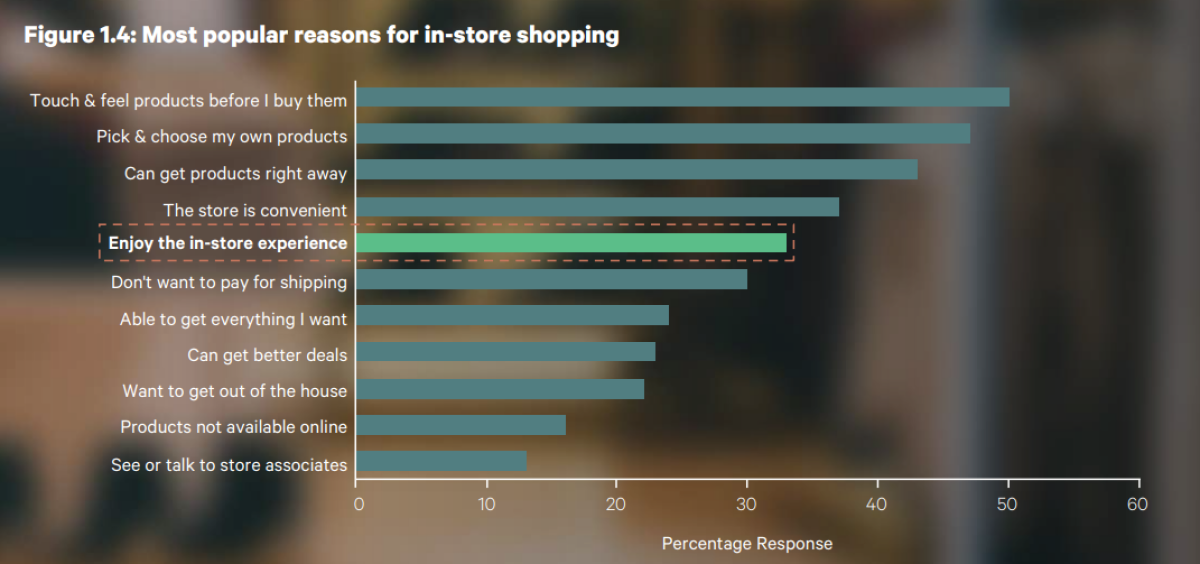



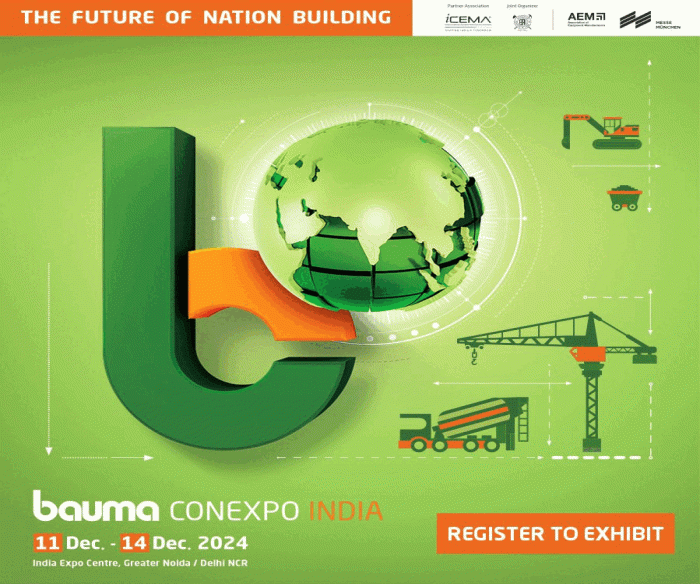
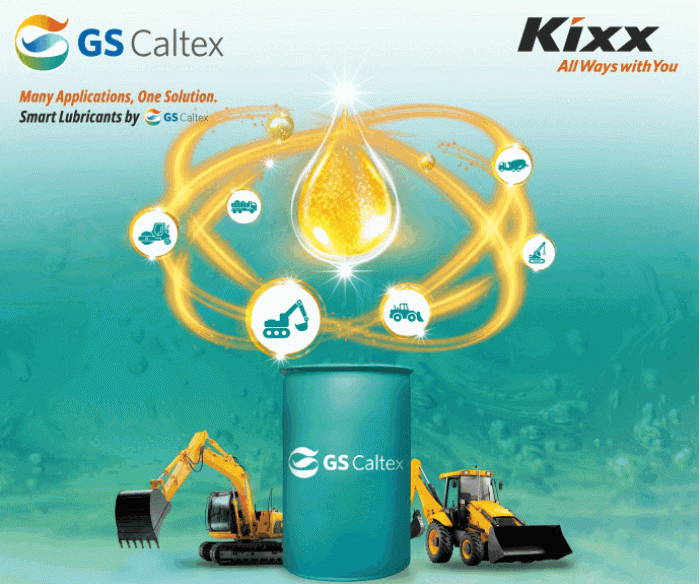
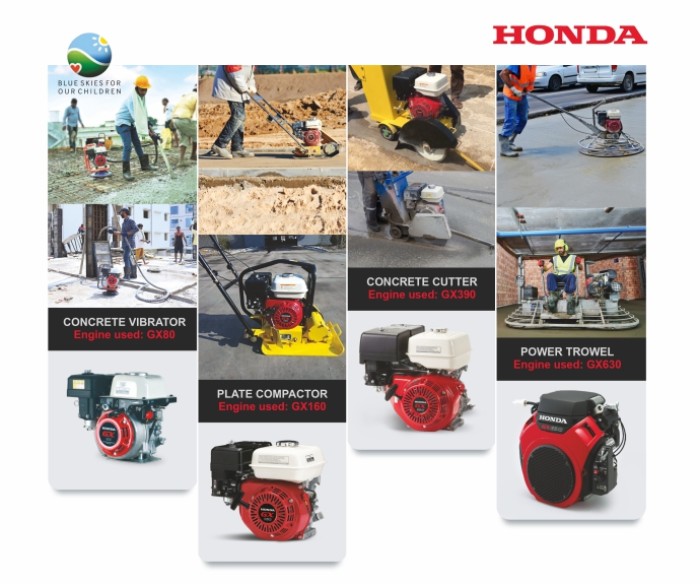
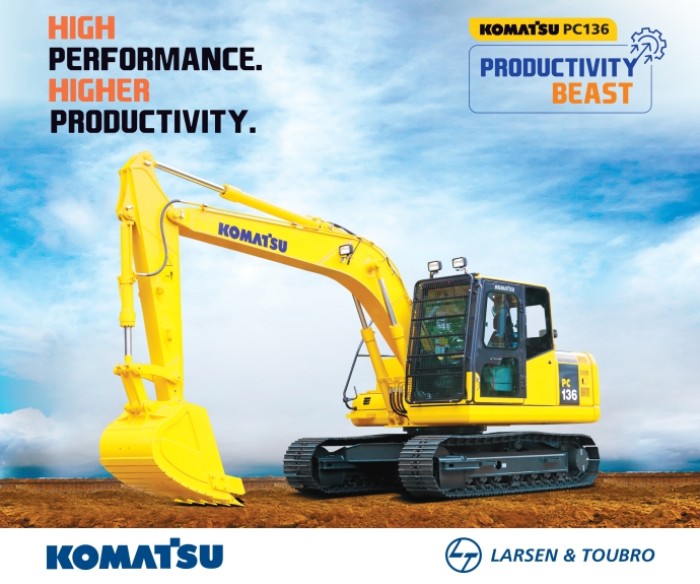





Leave a comment